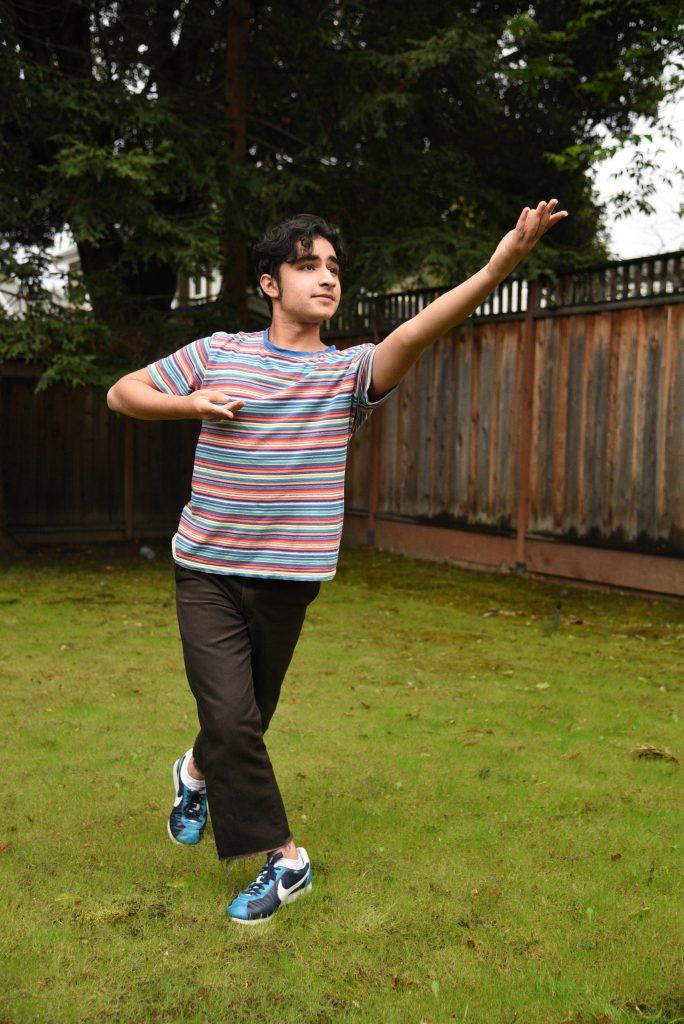As the thumping rhythms of Bollywood music blare, over a dozen nimble bodies dance discordantly out of sync with each other in ant-sized squares on my computer screen. Some are frozen in uncomfortable-looking positions while others have their brows furrowed in concentration, attempting to remember the choreography I just taught. My Saturday morning routine is no longer complete without spending two hours in my makeshift living room studio, teaching dance to a group of dedicated adult students.
Early last year, I was just beginning to teach these students the first steps of the pieces that they were set to perform in my company’s bi-annual showcase in May. Before the COVID-19 pandemic upended all of our lives, I spent my weekends cracking jokes, giving awful motivational speeches and occasionally attempting to lay down the law with my students. However, in early March we suddenly found ourselves confined to our homes, without the sacred space we once shared to grow and destress together every weekend.
View this post on Instagram
After a three-week hiatus from teaching altogether, the heads of my dance company told me to resume teaching and spreading the joy of dance to my students, but through Zoom. Reluctantly, I spent a day moving furniture, vacuuming and untangling snakelike coils of extension cords to create a quasi-studio space for myself.
I’m not going to sugarcoat it: the first classes were awful. Between the lag induced by poor WiFi and awkward silences provided by mute buttons, teaching became less of a joy and more of a chore. On multiple occasions, my parents, forgetting my teaching schedule began heated discussions or loud cooking projects in adjacent rooms during class times. I began to dread my Saturday mornings, and relief would wash over me as each class ended.
I began to understand where the fine line between challenge and comfort lay in this new digital world, and I started to tiptoe across it.
But soon, Zoom meetings became the norm for all sectors of life, and I learned how to use the technology to my advantage. I began to anticipate the lag and found ways to mirror my video so that my students could exactly replicate my motions. While my students were rarely perfectly in sync with the music or each other during our live-streamed performances, I found myself noticing their passion more than the small timing discrepancies. I began to understand where the fine line between challenge and comfort lay in this new digital world, and I started to tiptoe across it.
While online classes have been tough, I have seen myself improve as a teacher. The pandemic forced me to reevaluate my goals of pushing my students every week to become incredible dancers. Instead, I came to realize that merely offering my students a temporary respite from the madness around us, is equally meaningful.
View this post on Instagram
Not only have my teaching priorities shifted, my empathy for my teachers in school has also ballooned. If instructing motivated dance students who voluntarily signed up for my classes is difficult for me, I cannot begin to imagine how hard it is for my school teachers to instruct 30 teens who want to be anywhere but on Zoom. So, when in class, I try my best to demonstrate my appreciation for my teachers’ hard work by smiling, participating and thanking them — things that bring me immense joy when my students do the same.
While I could have never predicted my current reality last March, I now look upon my clumsy living-room studio, my Facebook timeline filled with performance videos and my all-important Zoom app with gratitude. And although I know I will jump with joy the moment I can return to the studio and a semblance of “normality,” I will return, not as who I was when I left for the last time in March, but as a more empathetic and thoughtful teacher and person.



